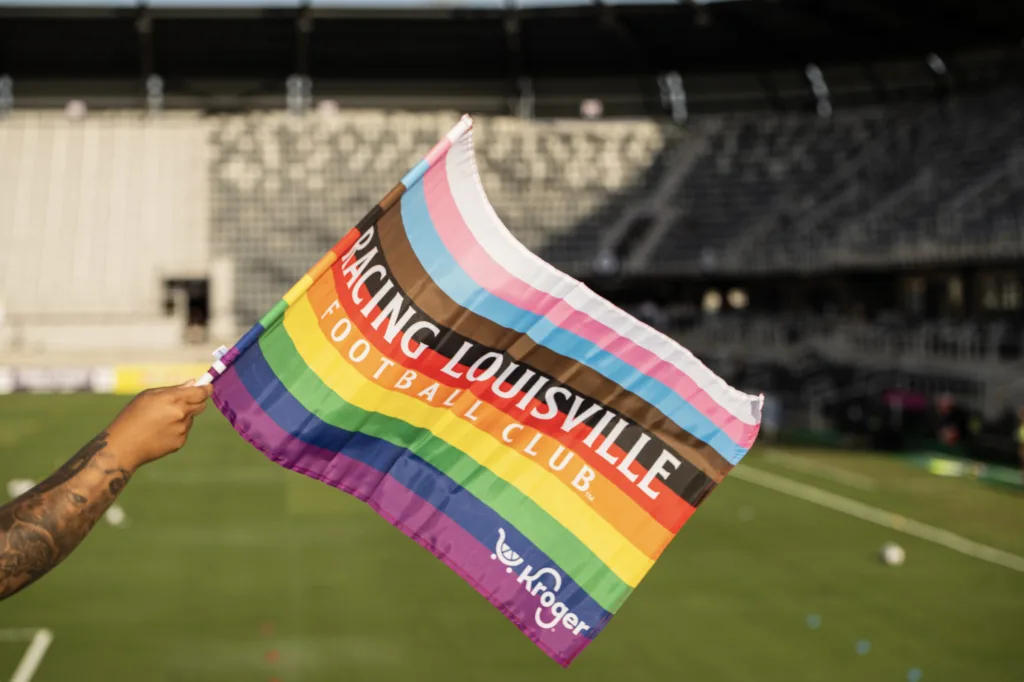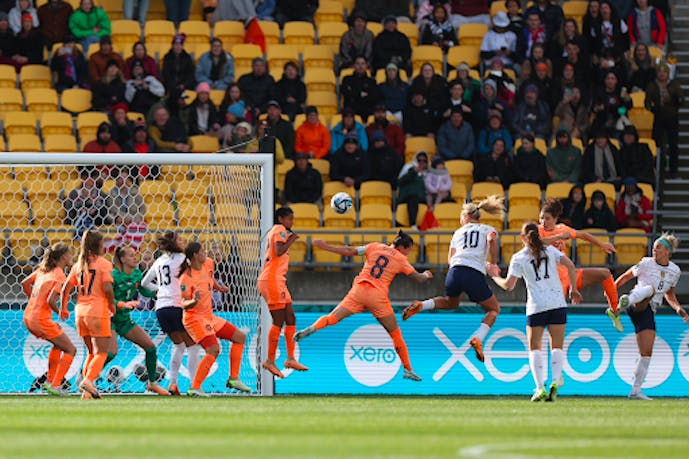Innovations for Sustainable Olympic Games Venues

The Paris 2024 Olympic Aquatics Centre is a symbol for a more responsible, more inclusive, and more sustainable Olympic Games. The International Olympic Committee (IOC) requires the host country to prioritize existing and temporary venues. The host country can build new venues only if it significantly contributes to the needs of the local population. 95% of the venues are existing or temporary; and the Aquatics Centre is at the heart of placing any new constructions where they’re really needed to benefit the city and its people long-term.
After the Paris 2024 Olympic Games, the Aquatics Centre will be converted into a neighborhood sports center that’s equipped with a fitness center, climbing gym, and football pitches as well as paddle tennis, basketball, and yoga facilities. The venue will have a long-lasting legacy for athletes but most importantly the entire city. The Aquatic Centre is an opportunity for Parisians to enjoy the expenses from the 2024 Olympic Games for decades to come.
In the past, we’ve seen how so many of the venues are abandoned after the Olympics. The venues are often left in ruins—a glaring reminder of irresponsible use of expenses. Take the 2014 Rio Games for example. Many Brazilians protested the 2014 Olympic Games because of the results from the 2014 World Cup; both games promised positive changes, but instead public debt increased and most of the infrastructure changes were concentrated in already developed neighborhoods. Thus, poor neighborhoods didn’t reap the benefits that were promised.
Ten years later, the Paris 2024 Olympics are a symbol for positive transformation. Can this kind of sustainability be mimicked around the globe for future Olympic Games? The future feels brighter, andI hope that we continue to see the Olympics become more sustainable.










































































































































































































































































































